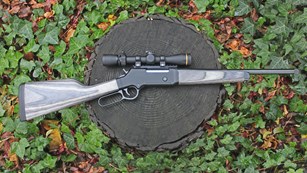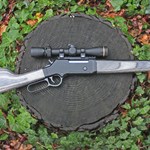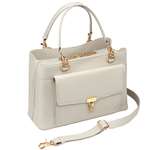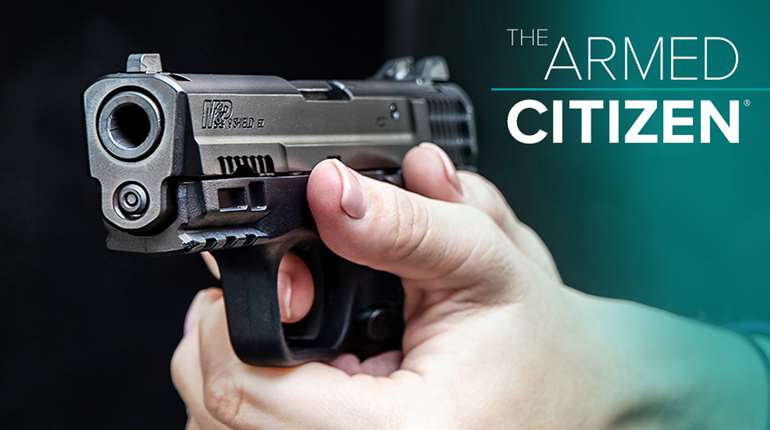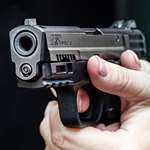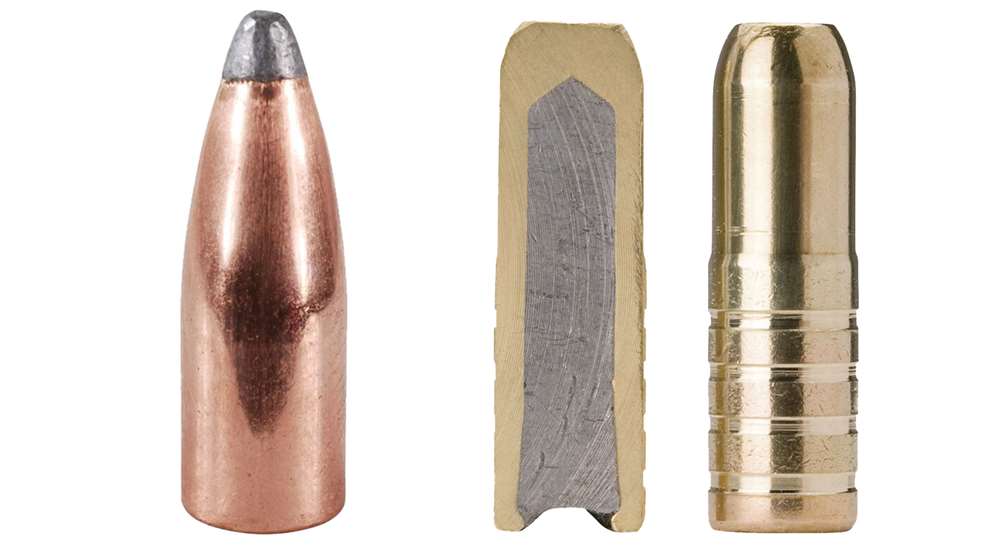
Many topics spur debate among hunters, a demographic that is usually willing to voice their opinions on the best rifle, best caliber and best optic. They are also usually willing to offer their opinions on the best ammunition. The subsequent spirited discussion on these topics is all part of the hunting experience. To confirm this for yourself, just sit around a campfire after a day’s hunt!
One topic that gets a lot of airtime is regarding which bullet is best for hunting: soft-point or solids? The answer is, it depends. Generally speaking, soft-point bullets are used for expansion, and solids are used for deep penetration. Both types of bullets have their place in hunting, but there are many factors that need to be considered when choosing the right one.
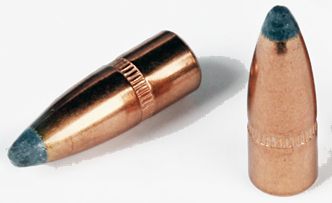
Soft-Point (SP) Bullets
Soft-point (SP) bullets are also referred to soft-nose bullets. These types of bullets usually consist of a lead core, jacketed bullet with an exposed lead tip. Soft-point bullets are often preferred by hunters who seek out thin-skinned animals such as deer, elk and other large game animals. These bullets expand when they impact soft tissue or the hide of the animal. When the bullet expands after impact, it becomes significantly wider than the original diameter of the projectile. This creates a wide channel through the game, resulting in significant tissue damage and blood loss. The bullet’s jacket serves two purposes: It helps push the bullet for deeper penetration, and it holds the projectile together and helps reduce fragmenting.
However, it is important to remember that soft-point bullets do not have the same penetration ability as solid bullets. Thus, if the target has thick fur or a thick hide, soft-point bullets may not deliver enough penetration for a lethal shot, and may not prevent a dangerous game animal from seriously injuring or killing the hunter.
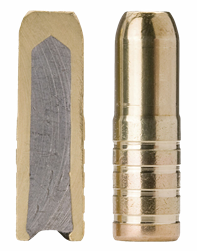
Solid Bullets
There are three types of solid bullets—bonded non-expanding, hard cast and monolithic. Solid bullets are designed for maximum penetration. These types of bullets are designed for hunting dangerous game. Solid bullets are used for North American brown bear and African dangerous game such as buffalo and elephant. Dangerous-game solid bullets traditionally consist of a lead core bullet that has been bonded to a jacket of much harder metal. These bonded bullets for dangerous game are non-expanding and non-deforming, designed to reach the vital organs. Many times a bullet recovered from the animal will appear exactly as it did when seated in the cartridge case before being fired—except for the engraved rifling, of course..
The disadvantage of bonded non-expanding bullets is that the vital organs must be hit. If the vital organs are missed, the bullet does relatively minimum damage, potentially allowing the dangerous game to get to the hunter. It is very important when hunting dangerous game with bonded non-expanding bullets that quick follow-up shots are available.
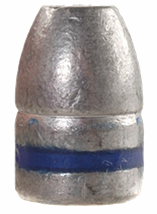
A hard-cast bullet is a heavy, solid lead-alloy projectile. Hard-cast bullets are made by adding alloys such as antimony, silver or tin to lead to create an extremely hard projectile. As such, these types of bullets look like solid lead projectiles because they are grey in color. Hard-cast bullets are deep penetrating and do not deform when hitting tissue.
Hard-cast bullets are designed for deep penetration, intended to reach the vital organs. These bullets can also be made in handgun calibers, more specifically, for big revolvers. This is beneficial for self-defense of individuals who enter bear country, especially grizzly habitat, or for guides who are responsible for the safety of their hunting clients in dangerous-game country.
The disadvantages are similar to those of bonded, non-deforming bullets. The vital organs must be hit to achieve the full benefit of this projectile. If the vital organs are not hit, damage could be minimal, which gives the dangerous game a chance to cause serious bodily injury or death to the hunter. Another disadvantage is that hard-cast bullets should never be used in a carry gun for self-defense against a human predator. These bullets are strong enough to pass through a human assailant and just keep going.
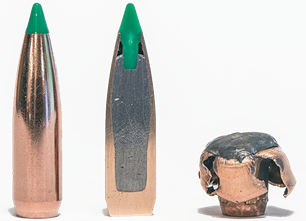
Monolithic bullets are made of 95 to 100 percent solid material, such as copper, brass or gilding metal. They are designed for deep penetration and expansion to create a deep and wide wound channel. Many monolithic bullets have a ballistic tip, which is a polymer insert at the tip that permits the expansion of the projectile. These ballistic tips, made of various polymers, can come in a variety of colors, so it is important not to confuse these bullets with painted, military armor-piercing, incendiary or tracer rounds.
The best thing about these bullets is that for an expanding projectile, they retain about 95 to 100 percent of their original weight. These types of bullets have been around since the early 1970s—and have been improved over time--but have gained more widespread use due to hunting laws in some states prohibiting the use of bullets containing lead.
The advantage of these bullets is in the design—intended for penetration and expansion. When hunting with these bullets, the result is significant trauma. In other words, these are ideal for a quick, clean and ethical kill. I have participated in numerous youth hunts and have put these bullets to the test. Soft-point bullets did their job for the young hunter. After the shot, we would wait the recommended time of 30 minutes before following the blood trail. Sometimes the deer dropped where it stood and other times we had to track the animal. Sometimes we would track the animal several hundred yards before we found a young hunter’s deer.
Taking some advice from a fellow hunter who swears by monolithic bullets, I decided to give them a try. I now use these bullets on every youth hunt. I do not think I have ever had to track a deer more than 15 yards. Most the time, the deer falls within view of the young hunter, which only adds to his or her experience!










